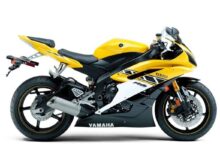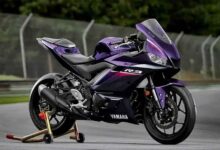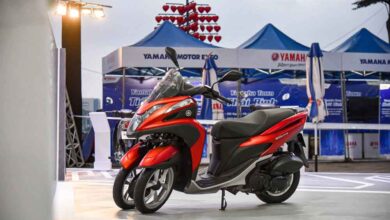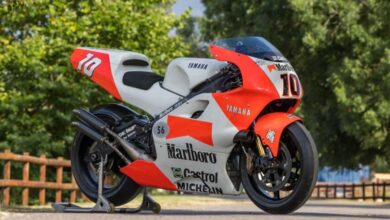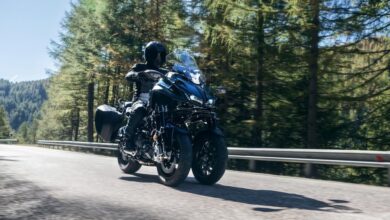
Contents
- 1 Review of the Yamaha 1992 YZR500(0WE0)
- 1.1 Introduction:
- 1.2 History and Development Of 1992 YZR500(0WE0)
- 1.3 Phased simultaneous combustion engine brings Yamaha third straight title
- 1.4 Engine and Performance:
- 1.5 Design and Aerodynamics:
- 1.6 Suspension and Handling:
- 1.7 Racing Success:
- 1.8 Legacy and Impact:
- 1.9 Collectibility and Value:
- 1.10 Conclusion:
Review of the Yamaha 1992 YZR500(0WE0)

Introduction:
In the world of motorcycles, few names are as iconic as Yamaha. Over the years, this Japanese manufacturer has produced numerous legendary models that have left a lasting impact on the motorcycle industry. One such bike is the Yamaha 1992 YZR500(0WE0). In this blog post, we will take a closer look at this exceptional machine, exploring its design, performance, and significance in the world of racing.
History and Development Of 1992 YZR500(0WE0)
The Yamaha YZR500(0WE0) was developed as a racing motorcycle for the Grand Prix motorcycle racing circuit. It was part of Yamaha’s lineup of two-stroke machines that were renowned for their power and agility. The 1992 model was a significant improvement over its predecessor, featuring several upgrades and refinements to enhance its performance on the track.
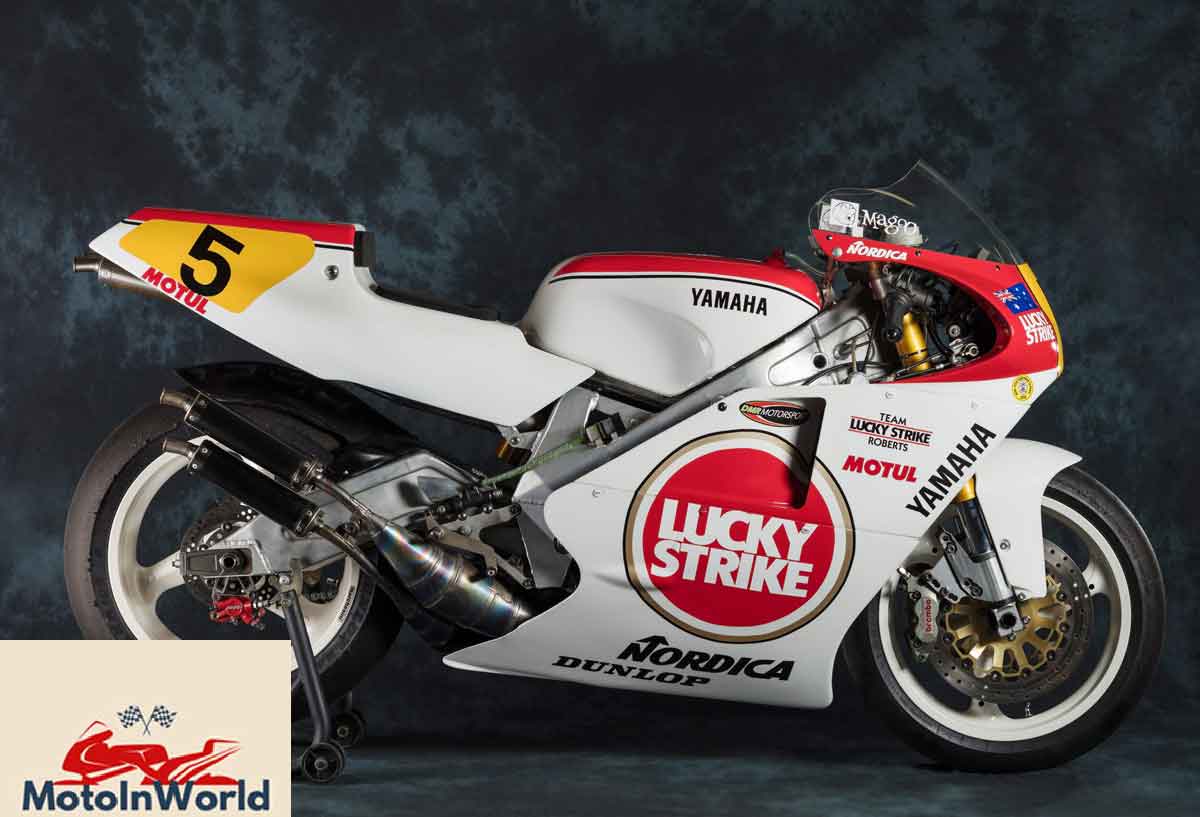
Phased simultaneous combustion engine brings Yamaha third straight title
This machine had a maximum power output boost to 160PS, compared to 155PS the previous year. Additionally, a new phased simultaneous combustion interval was adopted from the 9th round of this year’s series, the Hungary GP. This interval involved the diagonally opposed cylinders firing simultaneously at a 0-degree and 90-degree interval, as opposed to the previous 180-degree interval. This change improved traction in the low-to-mid-speed range. It helped Rainey secure crucial wins in the latter half of the season, ultimately leading him to claim his third World title. Kocinski also achieved one win and finished the season in 3rd place.
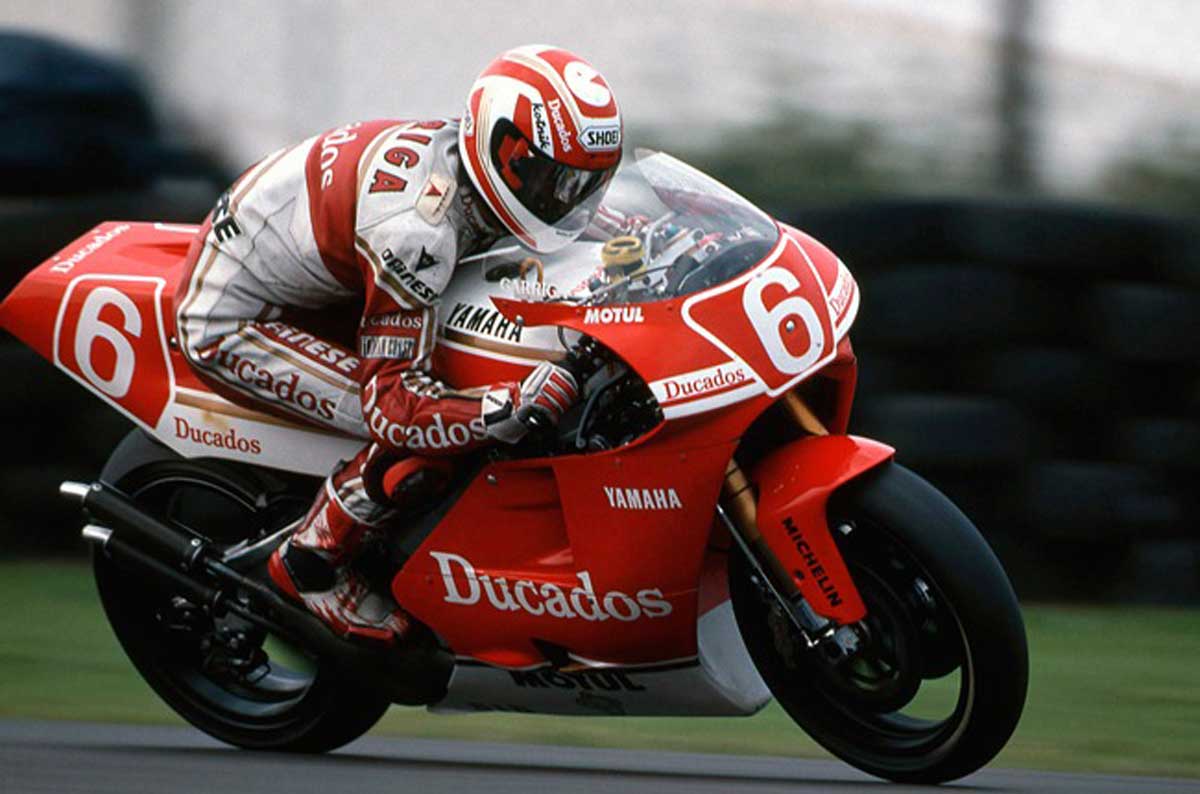
This GP500 factory machine featured a V4 engine with 2-axis crankshaft that achieved higher power output. From the ninth round, the Hungary GP, a “big bang” spec was adopted, changing from the previous 180-degree even firing interval to uneven firing intervals at 0- and 90-degrees. This helped improve low- to mid-speed traction and made more power available when exiting turns. Wayne Rainey rode this machine to claim three wins and his third consecutive title (‘90–‘92).
- Engine type: Liquid-cooled, 2-stroke, V4, 499cm³
- Transmission: 6-speed
- Crankcase reed intake valve
- Maximum power output: Over 117.7kW (160PS)
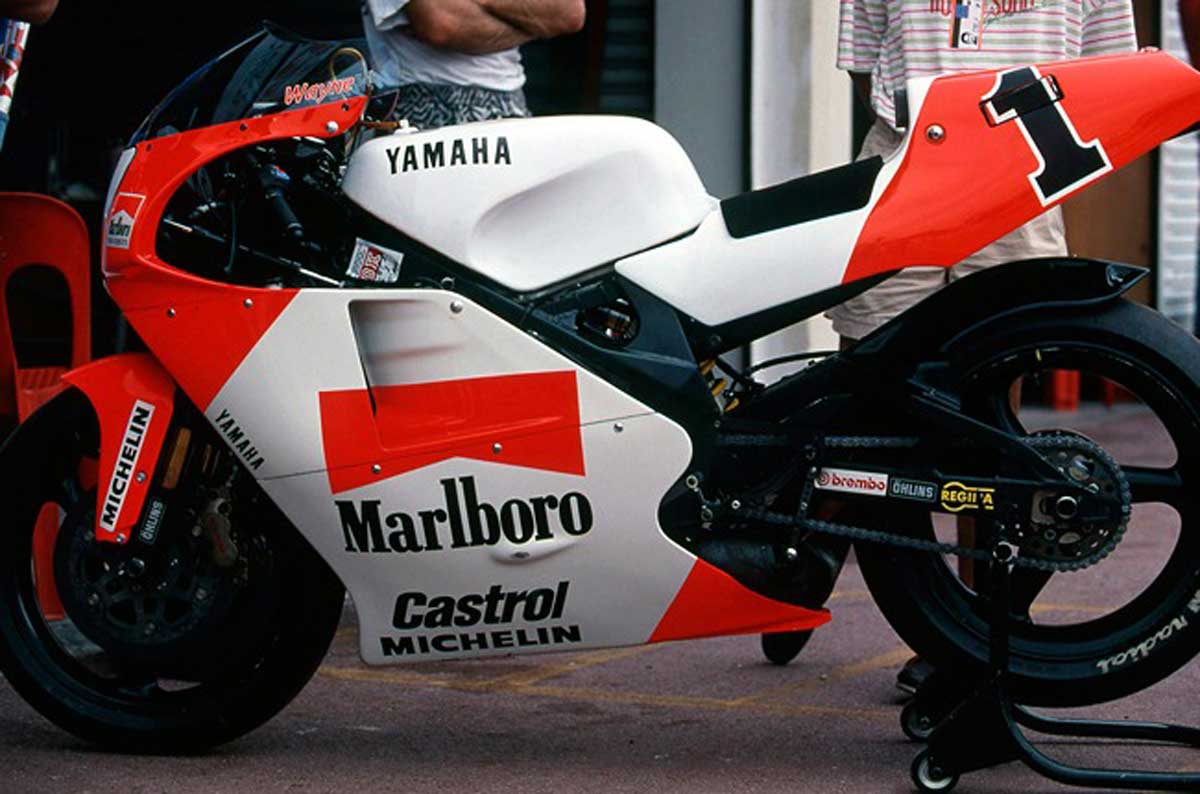
A major factor in the success of the YZR500 was a significant weight reduction program. The twin-loop steel tube chassis was both lightweight and robust, while the rear suspension featured a monoshock that helped save weight. Another notable innovation was the use of a cassette-type transmission, which greatly reduced maintenance time.
While the OW23 may have delivered Agostini his final title, it represented a first for Yamaha. It marked the company’s first victory in the 500cc World Championship and also the first win for a two-stroke engine. If you were fortunate enough to attend the 2010 Dutch GP, you would have witnessed Agostini being reunited with his bike (pictured below). It was a moment that brought together two legends and forever changed the landscape of Grand Prix racing. I must say, both Agostini and his bike appeared to be in remarkable condition, even after 35 years. [For more vintage motorcycles, visit Motorsport Retro, an online celebration of motorsport from the 60s, 70s, and 80s.]
Engine and Performance:
At the heart of the YZR500(0WE0) is a powerful two-stroke V4 engine, which was a signature feature of Yamaha’s racing motorcycles. This engine produced an impressive amount of power, allowing riders to reach incredible speeds on straightaways. The precise engineering and lightweight construction of the engine contributed to the bike’s nimble handling and responsiveness, making it a formidable contender on the race track.
The 1992 Yamaha YZR500 was a high-performance racing motorcycle that competed in the 500cc class of the MotoGP World Championship. Here are some detailed specifications regarding its engine and performance characteristics:
Engine:
- Type: Liquid-cooled, two-stroke, V4 engine.
- Displacement: Approximately 499cc (specific displacement may vary due to race tuning).
- Bore x Stroke: Typical bore and stroke measurements were around 54mm x 54.5mm, although exact values may vary.
- Induction: The engine likely used reed valve intake systems for each cylinder to control the flow of the air-fuel mixture.
- Exhaust: A tuned exhaust system was employed to optimize power output across the rev range.
- Fuel System: Carburetors were used to deliver the air-fuel mixture into each cylinder.
Performance:
- Power Output: The power output of the YZR500’s engine would have varied depending on the specific race configuration and tuning. These engines were capable of producing over 150 horsepower in some configurations, making them extremely powerful for their time.
- Acceleration: The lightweight and high-power two-stroke engine would have provided quick acceleration off the line and throughout the rev range.
- Top Speed: The YZR500 could reach top speeds of around 300 km/h (186 mph) on straight sections of the track, depending on gearing and aerodynamics.
- Chassis and Handling: The YZR500’s performance extended beyond its engine. The motorcycle featured advanced chassis and suspension technology, allowing it to handle corners and changes in direction with precision.
- Race Success: The YZR500 was successful in various Grand Prix races, earning Yamaha and its riders multiple championship titles and podium finishes during its racing career.
It’s important to note that the specifics of the YZR500’s engine and performance characteristics may vary based on the particular race configuration, rider preferences, and track conditions. The information provided here is based on general knowledge of two-stroke racing motorcycles of that era and may not represent every detail of the 1992 YZR500. For the most accurate and detailed information, you may need to refer to official Yamaha documentation, historical racing records, and expert sources on motorcycle racing.
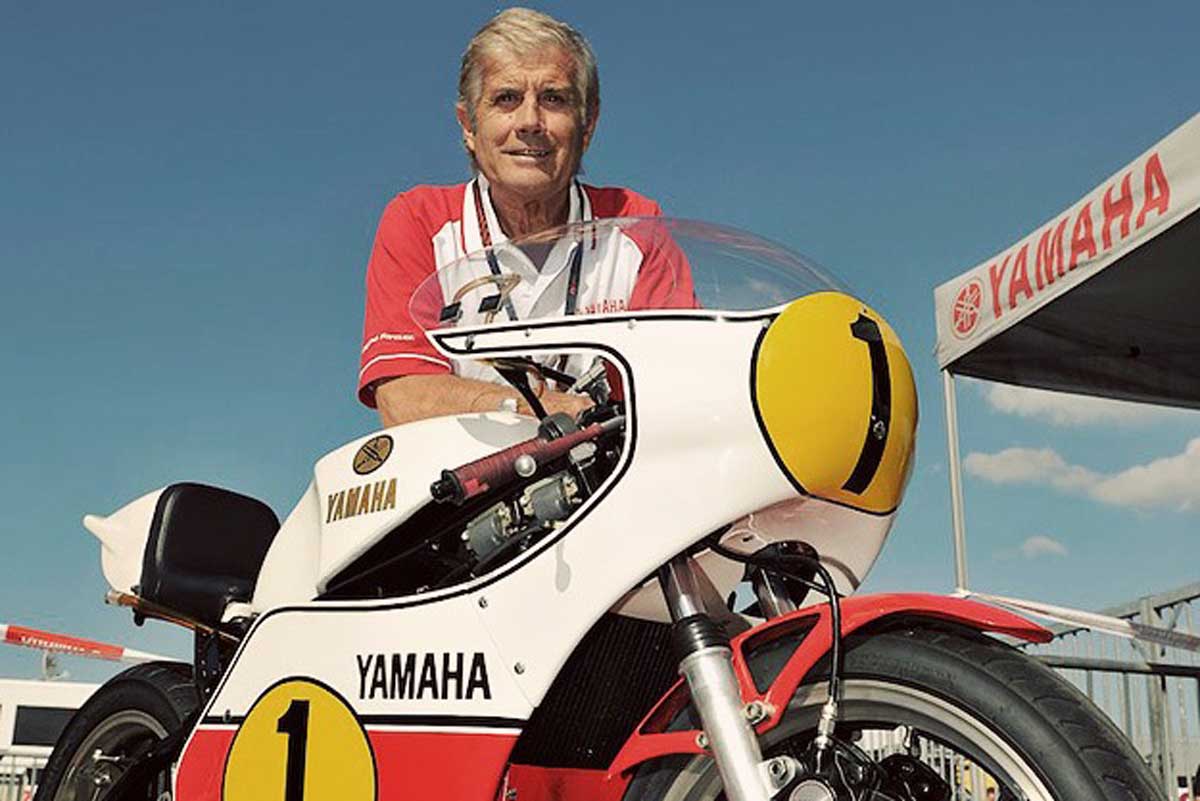
Design and Aerodynamics:
The design of the YZR500(0WE0) was focused on achieving optimal aerodynamics to maximize speed and stability. The bike featured a streamlined fairing that reduced drag, along with aerodynamic tweaks such as air vents and winglets to improve airflow and downforce. These design elements not only enhanced the bike’s performance but also gave it an aggressive and stylish appearance that exuded speed and power.
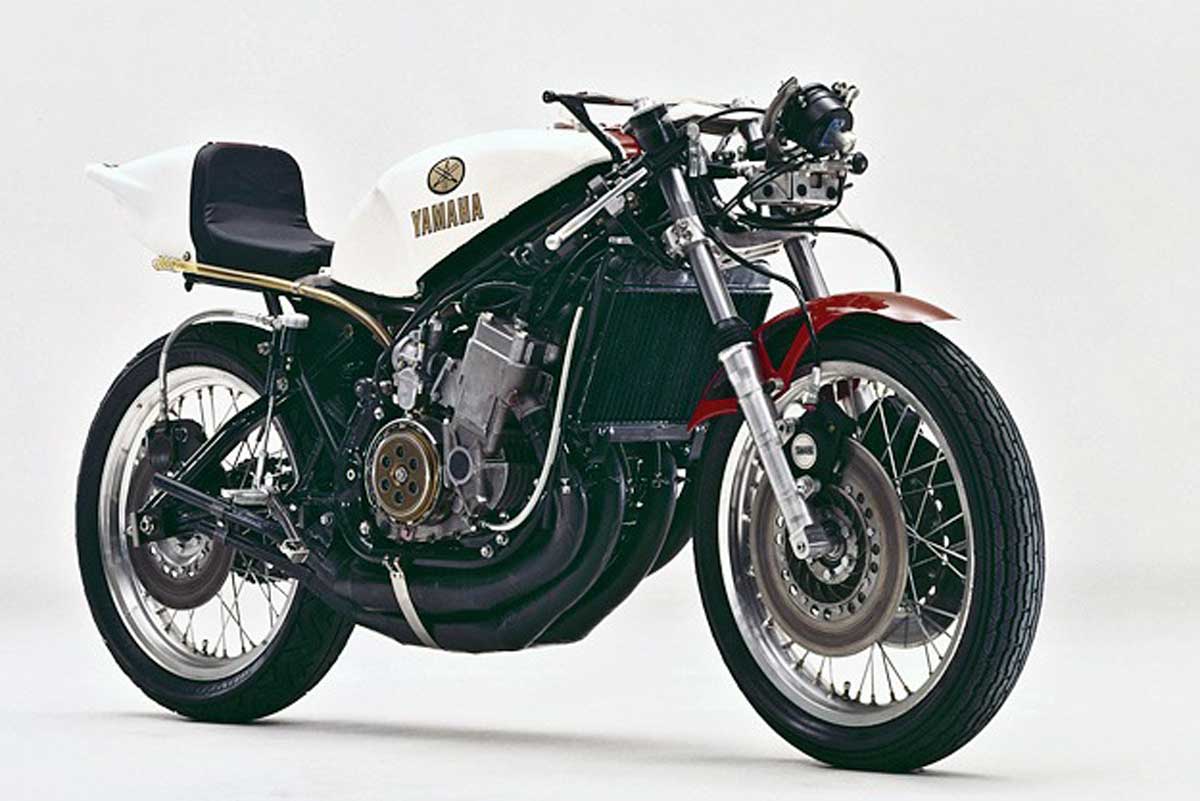
Suspension and Handling:
To ensure superior handling and control, the YZR500(0WE0) was equipped with advanced suspension systems. The front suspension consisted of inverted forks, which provided precise feedback to the rider during cornering and helped maintain stability at high speeds. The rear suspension featured a monoshock setup, further enhancing the bike’s ability to absorb bumps and maintain traction in various track conditions.
Racing S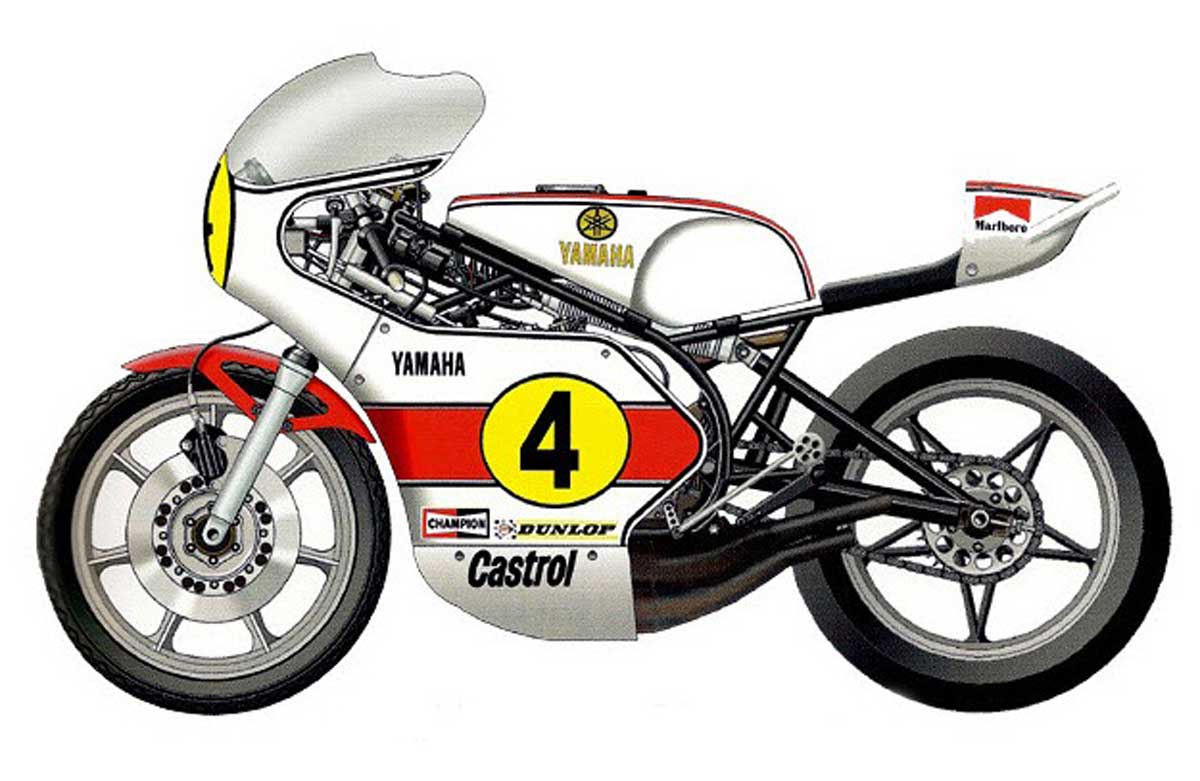 uccess:
uccess:
The YZR500(0WE0) had a remarkable racing career, achieving notable success on the Grand Prix circuit. In the hands of talented riders such as Wayne Rainey and John Kocinski, this bike secured several victories and championships throughout the 1992 season. Its powerful engine, combined with its exceptional handling characteristics, made it a force to be reckoned with on any race track.
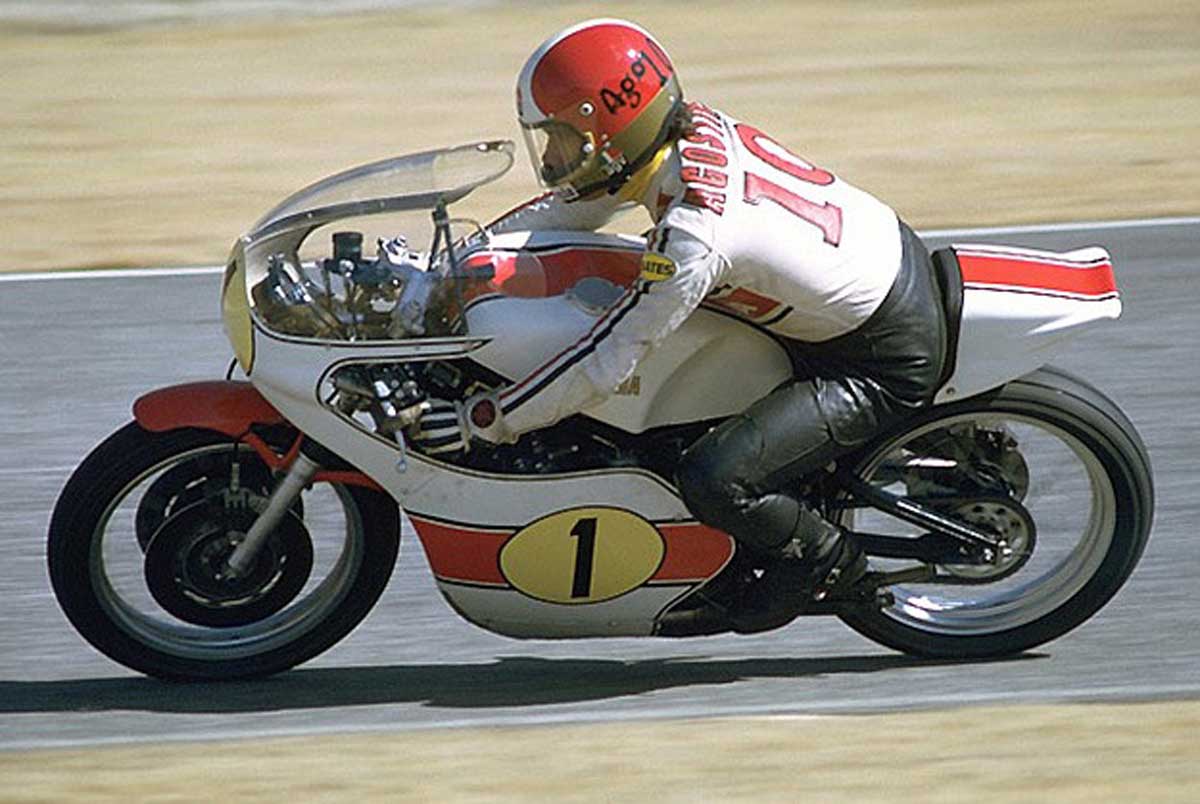
Legacy and Impact:
The Yamaha YZR500(0WE0) left an indelible mark on the world of motorcycle racing. Its innovative design and impressive performance set new standards for racing motorcycles of that era. The advancements made in terms of engine technology, aerodynamics, and suspension systems influenced future models and paved the way for further developments in the sport.
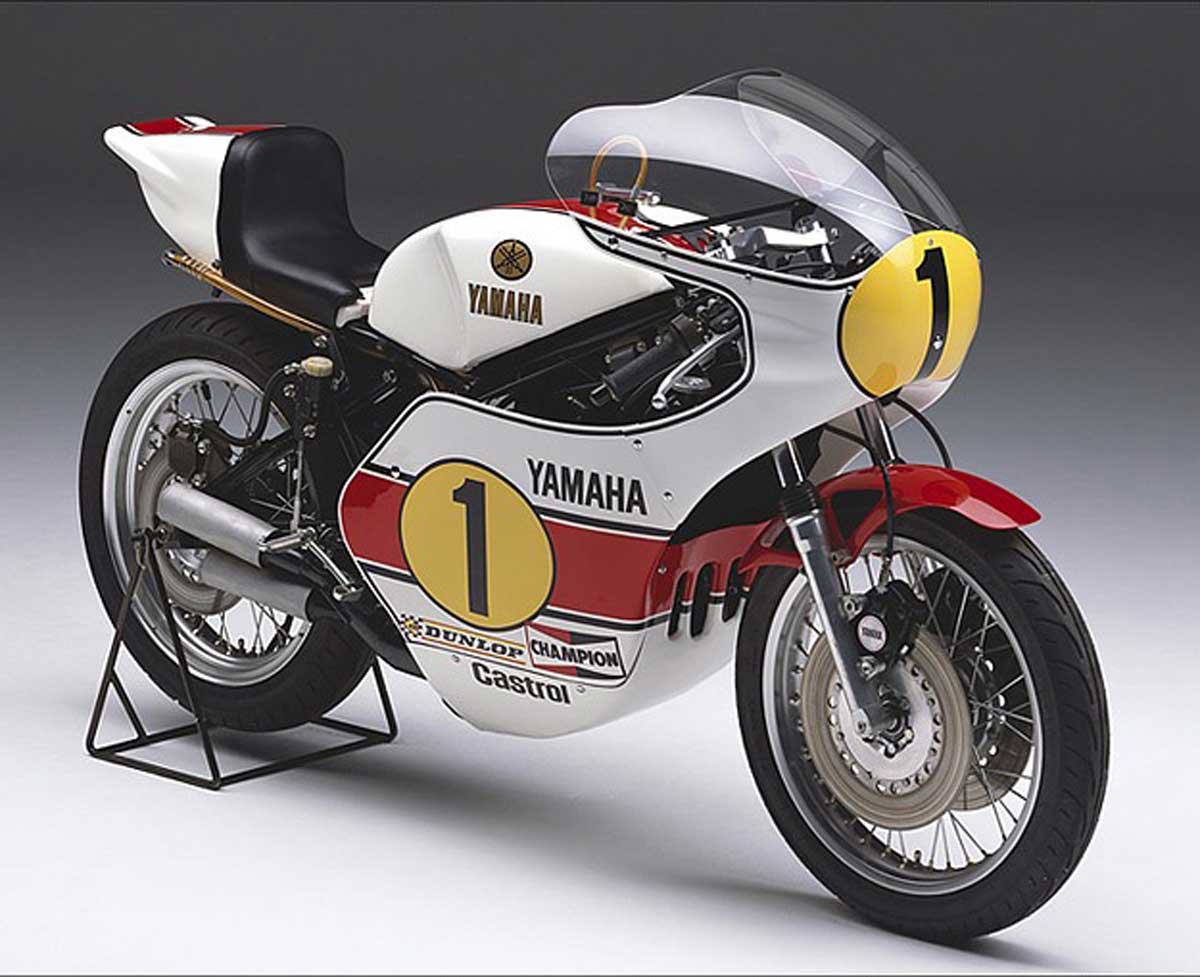
Collectibility and Value:
As a legendary racing motorcycle, the YZR500(0WE0) holds significant collectible value among motorcycle enthusiasts. Due to its limited production numbers and historical significance, well-preserved examples of this model are highly sought after by collectors. Owning a piece of motorcycle racing history like the YZR500(0WE0) allows enthusiasts to connect with an era of racing that has left an enduring impact on the sport.
Unleashing the Power of the Yamaha YZR500: A Legendary Racing Machine
Conclusion:
The Yamaha YZR500(0WE0) from 1992 remains an iconic symbol of Yamaha’s dominance in motorcycle racing during that era. Its powerful engine, aerodynamic design, and exceptional handling capabilities made it a formidable presence on the Grand Prix circuit. With its rich racing heritage and collectible value, this bike continues to captivate motorcycle enthusiasts who appreciate its historical significance and technical prowess.
Facebook: https://www.facebook.com/Motobikeinworld
Twiter: https://twitter.com/motoinworld2023
Instagram: https://www.instagram.com/motoinworld/
Pinteres: https://www.pinterest.com/motoinworld/




